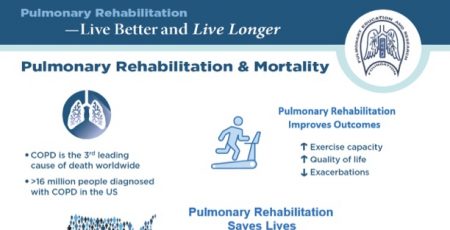18 Jan These 5 Habits Could Add 10 Years to Your Life
The average life expectancy of a woman 50 years old who does not live a low-risk lifestyle is 29 years (to age 79). If that same woman were to make five low-risk lifestyle changes, however, her life expectancy could be increased by 14 years (to age 93). In men, those same low-risk habits could increase life expectancy by 12 years, from age 76 to 88.
What Are These Life-Extending Low-Risk Factors?
They are:
- healthy diet
- never smoking
- moderate-to-vigorous physical activity (at least 30 minutes a day)
- moderate alcohol consumption
- maintaining a healthy body-mass index
What’s A Healthy Diet?
According to the Harvard T.H. Chan School of Public Health, a healthy diet consists of mostly vegetables, fruit, and whole grains along with healthy fats and healthy proteins, and drinking water instead of sugary beverages. And contrary to the low-fat message promoted for decades by the USDA, there is no set maximum percentage of calories that a person should get each day from fat; the important factor instead is using healthy sources of fat such as avocados, cheese, dark chocolate, whole eggs, fatty fish, nuts, chia seeds, and extra virgin olive oil. Similarly, the type of carbohydrate is more important than the amount of carbohydrates in the diet, because some sources, such as vegetables (other than potatoes), fruits, whole grains, and beans, are healthier than others.
What is Considered Moderate Alcohol Consumption?
Moderate alcohol consumption is generally defined as one drink per day for women, and two drinks per day for men. The Centers for Disease Control and Prevention note that this definition refers to the amount of alcohol consumed in a single day, and should not be applied as an average over several days.
What is a Healthy Body-Mass Index?
A Healthy body-mass index is 18 to 25, and is calculated by dividing your weight (in kilograms) by your height squared (in centimeters). To convert this formula to pounds and inches, multiply your weight (W) in pounds by 0.45 and multiply your height (H) in inches by 0.025. The formula then becomes (W X 0.45)/(H X 0.025)2.
The relationship between these five low-risk factors and longevity was revealed by a study of data from the Nurses’ Health Study and Health Professionals Follow-Up Study, which spanned 30 years’ worth of information gathered from patients.
Each low-risk factor was found to significantly reduce the risk of death from cancer, cardiovascular disease, and other causes. Patients who met criteria for all five low-risk factors had a 74% lower mortality risk than patients who met none of the criteria.
Information for this article was obtained from NEJM Journal Watch, the Harvard T.H. Chan School of Public Health, and the Centers for Disease Control and Prevention





No Comments